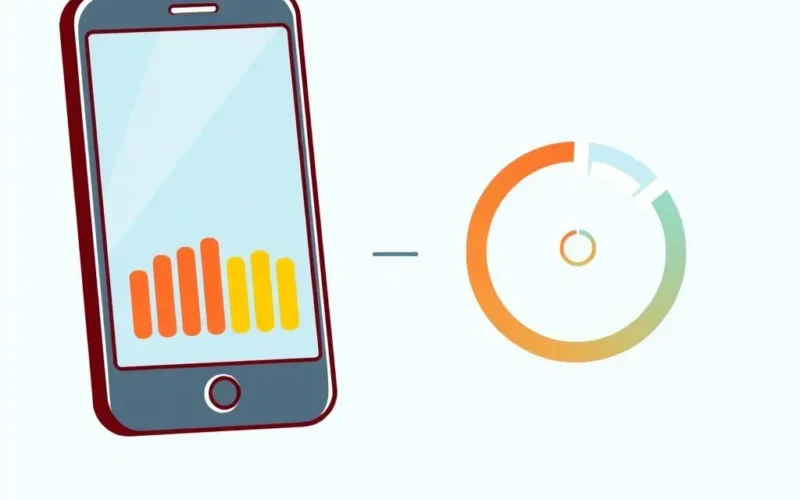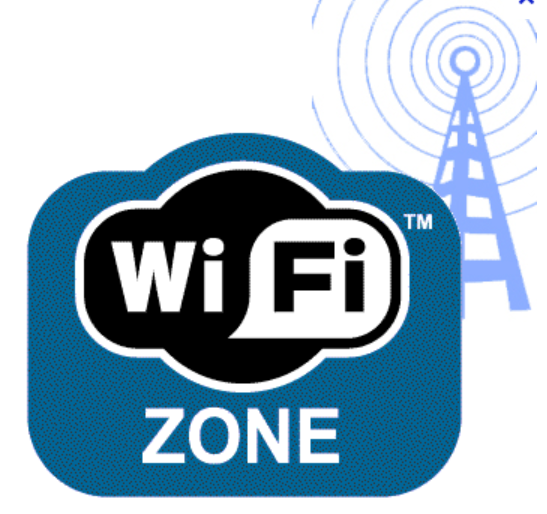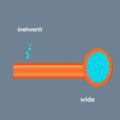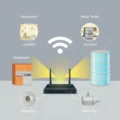You know the feeling. Your phone proudly displays a full suite of signal bars – five glowing indicators of connection nirvana. Yet, when you try to load a webpage, stream a video, or even send a simple message, things crawl along at a pace that makes dial-up feel zippy. What gives? If the bars are maxed out, shouldn’t your internet be flying?
It’s a common misconception, a digital illusion we’ve all likely fallen for. Those signal bars? They’re not the full picture when it comes to your internet speed. In fact, they tell you something quite different.
Ready for a quick byte of truth delivered straight to your screen? We recently distilled this very topic into a bite-sized video. Take a moment to watch our YouTube Short:
As the short points out, that feeling of staring at five bars while your internet moves like a snail stuck in molasses is frustratingly real. The reason? Your signal bars are essentially measuring the strength of the radio connection between your device and the nearest cell tower. Think of it as the clarity of the phone line, not necessarily the speed of the conversation happening over it.
Table of Contents
Decoding the Bars: What Signal Strength Really Means
When your phone shows you those bars, it’s providing a simplified visual representation of technical measurements like:
- RSSI (Received Signal Strength Indicator): A basic measure of the total power present in the received radio signal.
- RSRP (Reference Signal Received Power): A more accurate measure for 4G/5G networks, indicating the strength of the desired signal from the tower.
- RSRQ (Reference Signal Received Quality): Measures the quality of the signal, taking into account interference.
- SINR/SNR (Signal to Interference plus Noise Ratio / Signal to Noise Ratio): Crucial metrics indicating how much stronger the desired signal is compared to background noise and interference. Higher is better for quality and potential speed.
Your bars are typically an aggregation or interpretation of these underlying values. A higher number of bars (or a less negative dBm reading in detailed settings) means your phone has a stronger, clearer connection to the tower. This is essential for a reliable connection, but it’s only one piece of the puzzle for speed.
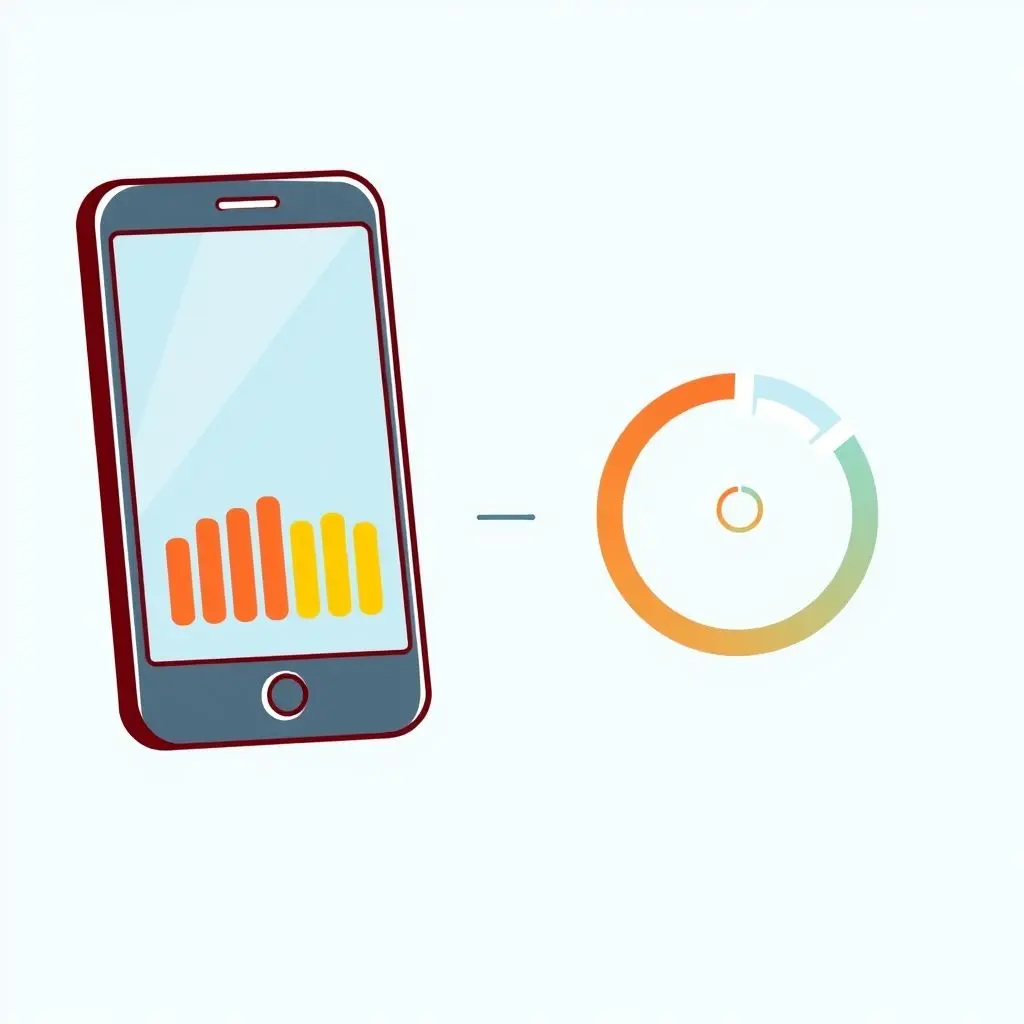
Why Full Bars Don’t Guarantee Warp Speed
Imagine our analogy from the short: a crystal-clear phone line to someone who’s whispering. The connection (signal strength/bars) is perfect, but the actual flow of information (data speed) is painfully slow because of the bottleneck at the other end – the whispering person. In the world of mobile data, several factors can cause this ‘whispering’ effect, even with a strong signal:
Network Congestion
This is arguably the most common culprit. Cellular towers have a finite capacity. If you’re in a crowded area – a concert, a sports event, a busy public transport hub, or even just rush hour in a dense neighborhood – hundreds or thousands of users might be connected to the same tower simultaneously. Even if you have a great signal to that tower, the tower itself is overwhelmed with requests, splitting its total capacity among everyone. It’s like a highway during rush hour; even if your car is perfectly fine (good signal), the traffic (congestion) slows everyone down.
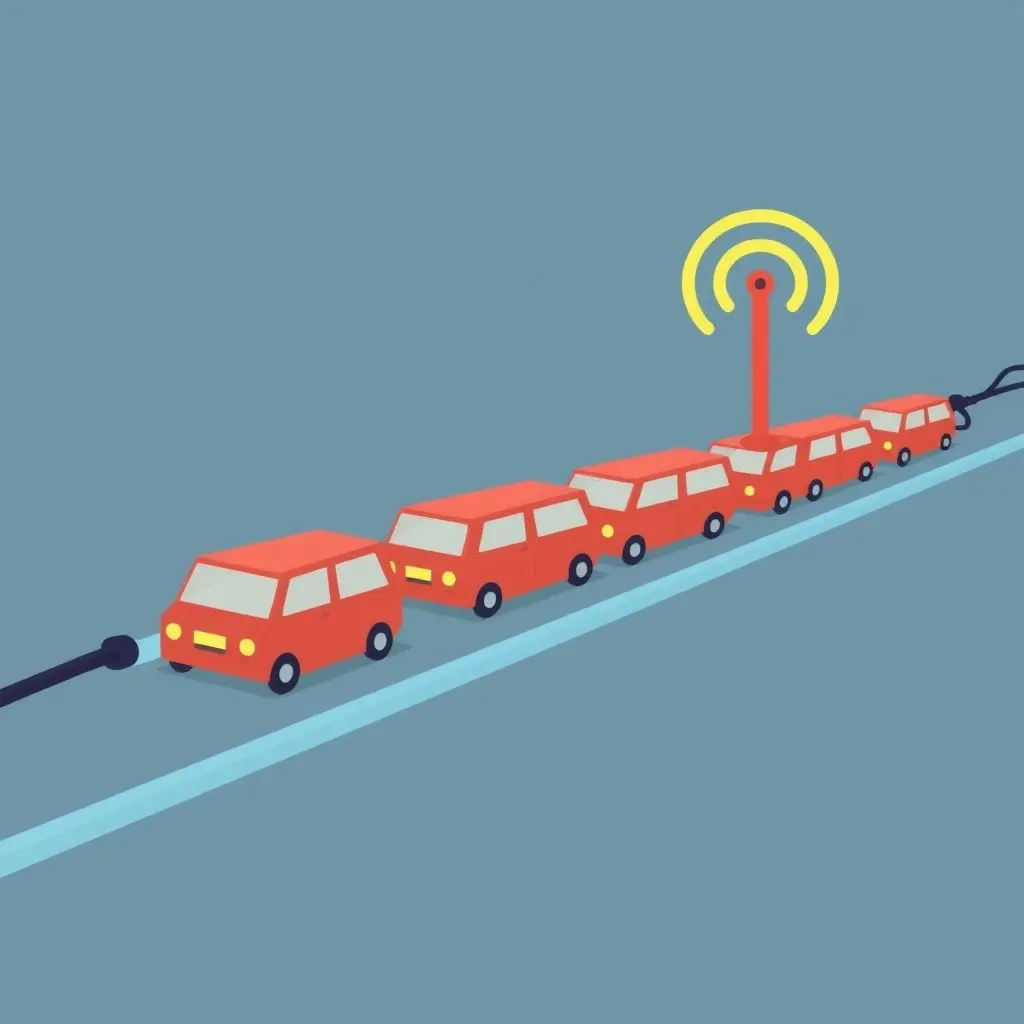
Backhaul Limitations
The cell tower connects to the internet core network via what’s called ‘backhaul’. This connection can be fiber optic, microwave, or even copper lines. If the backhaul link from the tower is slow or undersized relative to the number of users connected, it creates a bottleneck. Your strong signal gets you to the tower quickly, but the tower can’t send your data to the internet (or receive data from it) fast enough.
Technology and Spectrum
Are you on 4G (LTE) or 5G? Even within 4G, different bands offer different potential speeds. 5G, especially flavors like mmWave or C-band, offers significantly higher theoretical speeds than typical 4G. Your device and the network technology you’re connected to play a huge role. Full bars on an older 4G network in a busy area might be much slower than fewer bars on a less congested, higher-frequency 5G band.
Distance and Obstacles (Affecting Quality, Not Just Strength)
While bars show strength, distance, buildings, and other obstacles also introduce interference and reduce signal quality (RSRQ, SINR). Even if the raw strength (RSSI/RSRP) looks decent, a poor quality signal requires more error correction and retransmissions, significantly slowing down effective data transfer.
Device Capability
Older phones might not support the latest network technologies, carrier aggregation (combining multiple frequency bands for higher speed), or advanced modulation techniques that newer devices use, even when connected to the same network.
Finding Your True Internet Speed
So, if signal bars are misleading for speed, how do you actually know how fast your internet connection is? The answer is simple and direct: run a speed test.
Speed test apps (like Ookla Speedtest, Fast.com, etc.) connect your device to a dedicated test server and measure:
- Download Speed: How quickly your device can pull data from the internet (e.g., streaming, loading pages). Measured in Megabits per second (Mbps) or Gigabits per second (Gbps). This is usually what people care about most.
- Upload Speed: How quickly your device can send data to the internet (e.g., sending emails, uploading photos/videos). Also measured in Mbps or Gbps.
- Ping (Latency): The time it takes for a small packet of data to travel from your device to a server and back, measured in milliseconds (ms). Lower ping is better, especially for real-time applications like online gaming or video calls.
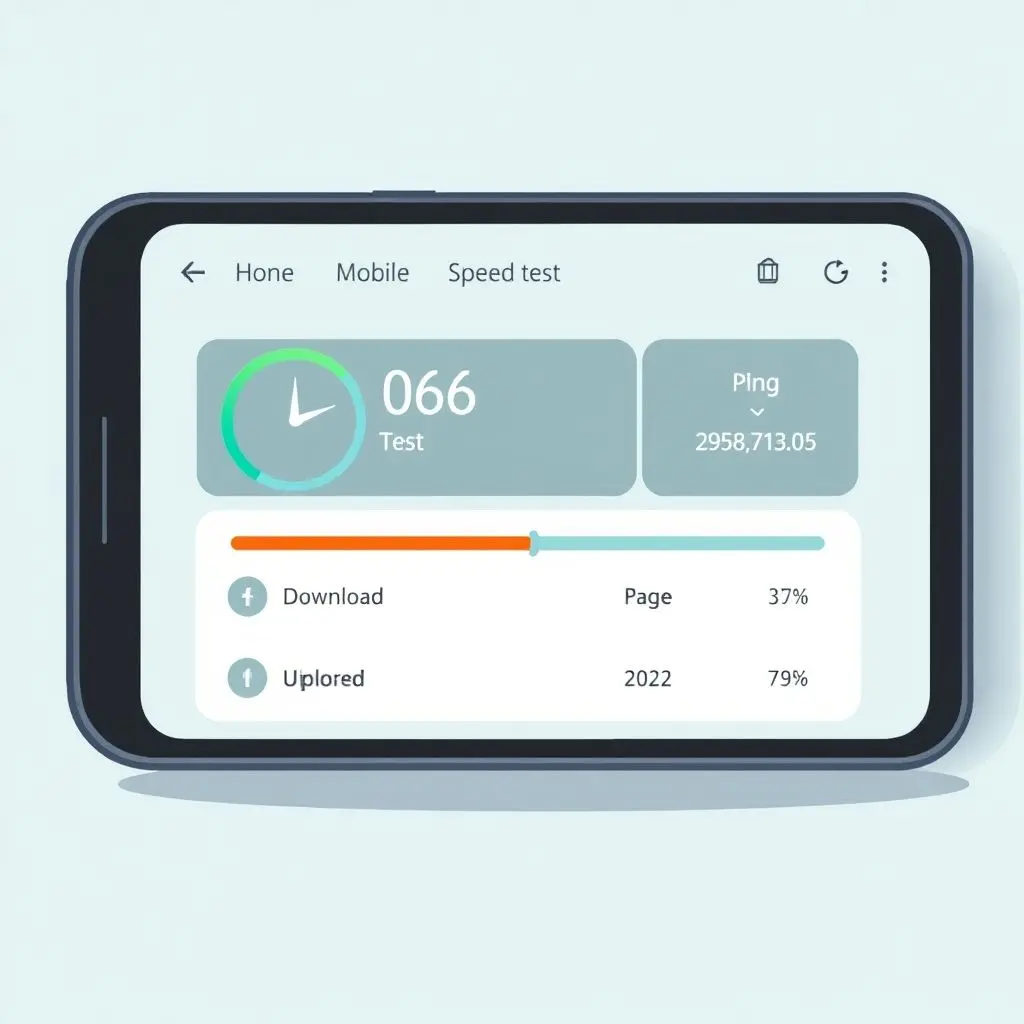
Running a speed test gives you the actual performance metrics at that moment, reflecting the combined impact of signal strength, network load, backhaul capacity, and technology. It’s the real scoop, uninfluenced by the simplified bar graphic.
Beyond the Bars: Factors at Play
To reiterate and deepen our understanding, while signal strength (shown by bars) is foundational for a connection, the actual speed you experience is a complex interplay of factors:
- Network Infrastructure: The capacity and technology deployed by your carrier in your specific location.
- Current Network Load: How many other users are actively using data on the same tower.
- Type of Technology: 4G, 5G, and the specific bands being used.
- Distance from Tower & Environment: Obstacles and interference degrading signal quality.
- Your Device: Its age, capability, and software.
- Server Load: Sometimes the website or service you’re connecting to is slow, not your connection.
So, the next time you see full bars but experience slow speeds, don’t blame the bars themselves. They’re doing their job, indicating a robust connection to the tower. The issue lies further up the chain, in the network’s capacity or the conditions at that particular moment.
Frequently Asked Questions About Signal Bars and Speed
Do more signal bars ever mean faster speed?
Generally, yes, but indirectly. A stronger signal is necessary for the network to utilize higher data speeds and more advanced technologies. If your signal is very weak (1-2 bars), your speed will likely be slow because the connection is unreliable or the device is using a less efficient mode. However, going from 3 bars to 5 bars, while indicating a stronger link, doesn’t guarantee a proportional increase in speed, especially if other factors like congestion are limiting performance.
Why does my speed fluctuate so much even with stable bars?
This is often due to network congestion that changes throughout the day or minute-to-minute. As users join or leave the network sector served by the tower, the available bandwidth per user fluctuates. Even with stable signal strength, the available capacity from the tower changes.
Can my phone’s case affect my signal or speed?
Potentially, yes. Some thick or metallic cases can slightly attenuate (weaken) the radio signal, leading to lower signal strength and potentially impacting speed, especially if you’re already in a marginal coverage area. It’s usually not a dramatic effect but can contribute.
Is there a way to improve my mobile data speed?
Sometimes. Moving to a different location (even a few feet or floors can help), disabling and re-enabling cellular data (to force a reconnection to a potentially better tower/sector), ensuring your phone’s software is updated, or considering a newer device that supports the latest network tech can sometimes improve things. However, often the limitations are on the carrier’s network side (congestion, backhaul) which you can’t directly control.
Beyond the Bar Graph
Understanding the true meaning of signal bars helps set realistic expectations about your mobile data performance. While a strong signal is a necessary foundation, it’s not the sole determinant of speed. The next time you’re curious about your internet’s performance, bypass the bar graphic and head straight for a speed test app. That’s where you’ll find the real numbers telling you how fast your data is *actually* moving.
Did this explanation clear things up? If this little insight was helpful, do consider liking the video we shared above and subscribing for more tech explanations!
